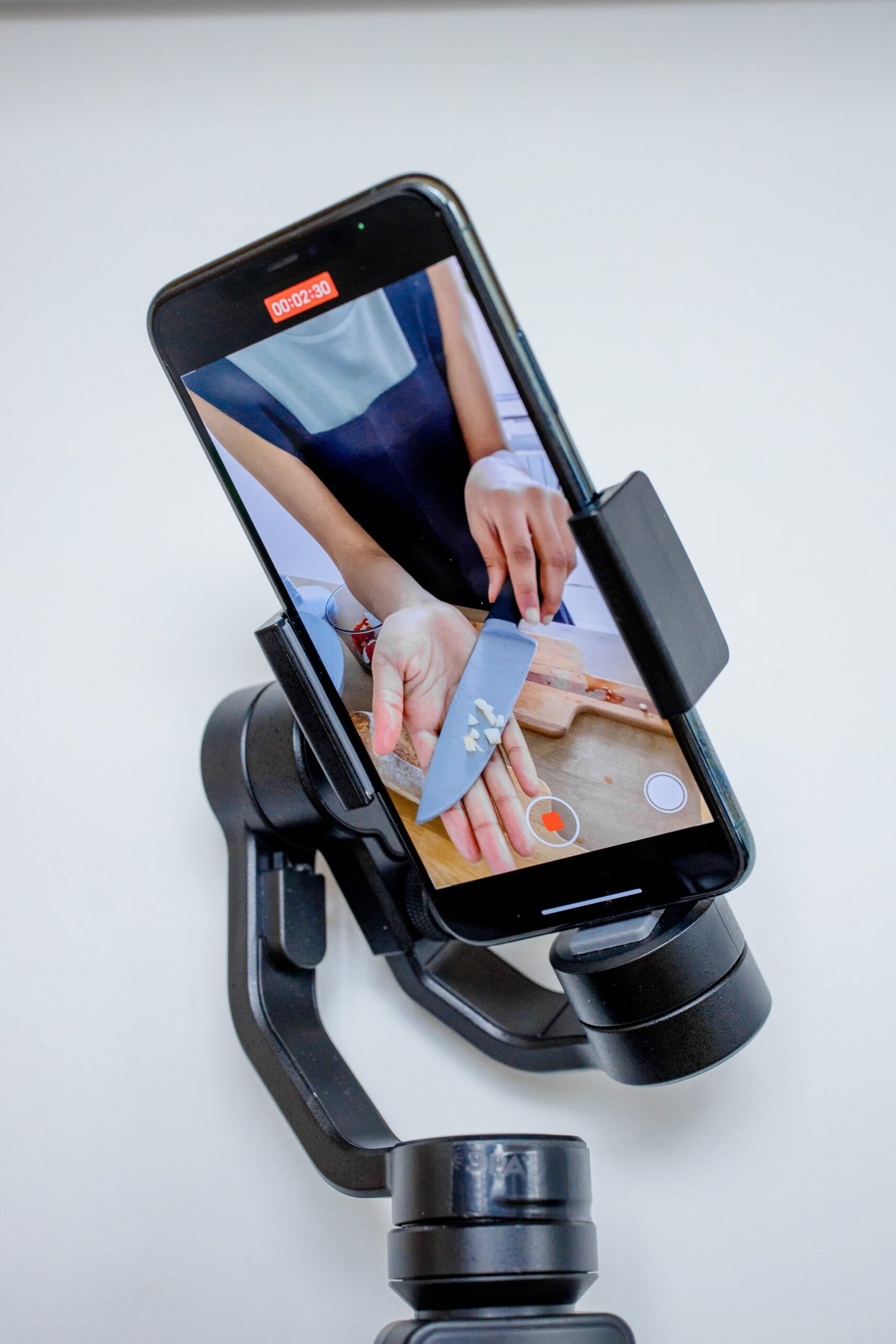Have you ever wondered how long a hoverboard can last? The average lifespan of a hoverboard is a common question among enthusiasts and potential buyers. In this article, we will explore the factors that affect the lifespan of a hoverboard and provide you with some tips to ensure your hoverboard lasts as long as possible. So, if you’re curious about the longevity of these futuristic devices, keep reading to find out more!
Factors Affecting the Lifespan of a Hoverboard
When it comes to the lifespan of a hoverboard, there are several factors that can significantly impact how long it will last. From the quality of its components to the frequency of use, the terrain it is ridden on to the maintenance it receives, and the environmental conditions it is exposed to, all of these factors play a crucial role in determining the longevity of a hoverboard. In this comprehensive article, we will delve into each of these factors and provide you with valuable insights on how to extend the lifespan of your hoverboard.
Quality of Components
The quality of the components used in a hoverboard is paramount to its lifespan. A hoverboard with high-quality components is likely to withstand the test of time and provide you with years of reliable performance. Let’s take a closer look at some of the key components that contribute to the overall quality of a hoverboard.
Battery
The battery is one of the most crucial components of a hoverboard. It powers the motor and allows the hoverboard to move. A high-quality battery made from reputable manufacturers, such as Samsung or LG, tends to last longer and provide better performance compared to cheaper alternatives. Additionally, hoverboards with larger battery capacities generally have longer lifespans since they can provide more power and have a longer riding range.
Motor
Another important component that affects the lifespan of a hoverboard is the motor. A powerful, well-built motor ensures smooth and efficient operation. Motors made by reputable brands like Brushless DC (BLDC) motors are known for their durability, reliability, and ability to handle different terrains with ease.
Frame
The frame of a hoverboard is responsible for providing structural rigidity and support. A high-quality frame made from durable materials like aluminum or carbon fiber is more likely to withstand the wear and tear of regular use. It is essential to invest in a hoverboard with a sturdy frame to ensure its longevity.
Wheels
The wheels of a hoverboard are subjected to constant friction with the surface, making them prone to wear and tear. Opting for hoverboards with high-quality wheels that are designed to handle various terrains can significantly extend the lifespan of your hoverboard. Look for wheels made from durable materials like rubber or polyurethane, as they tend to offer better traction and durability.
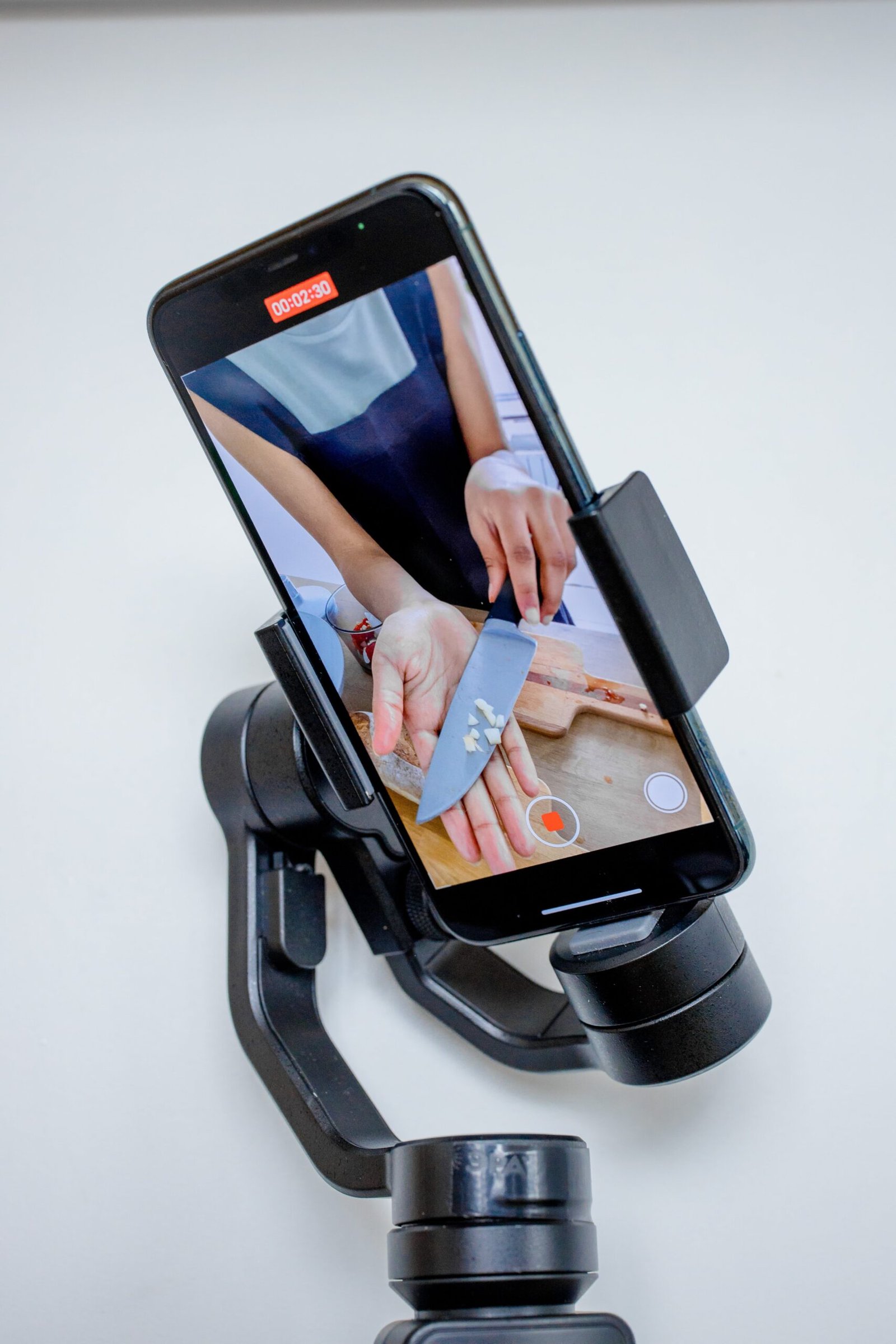
Frequency of Use
The frequency with which you use your hoverboard also has a significant impact on its lifespan. Let’s explore the different levels of usage and how they can affect the longevity of your hoverboard.
Occasional Use
If you only use your hoverboard occasionally, such as once or twice a month, it is likely to last longer. The limited usage prevents excessive wear and tear on the components, allowing them to remain in better condition over time. Occasional users can expect their hoverboards to last several years before major components start to show signs of wear.
Regular Use
If you use your hoverboard more frequently, such as a few times a week, the components will experience more stress and wear. While hoverboards are designed to withstand regular use, the increased frequency of riding will inevitably result in some degree of component degradation. Regular users can still expect their hoverboards to last a few years, but may need to perform more maintenance to keep them in optimal condition.
Intensive Use
For those who use their hoverboards intensively, such as multiple times a day or for longer periods, the lifespan of the hoverboard may be shortened. Intensive use puts a significant amount of stress on the components, causing them to wear out at a faster rate. If you rely heavily on your hoverboard for commuting or other activities, it is crucial to understand that it may require more frequent maintenance or even component replacements to keep it functioning correctly.
Terrain
The type of terrain you ride your hoverboard on can also impact its lifespan. Different terrains pose varying levels of stress and strain on the components of a hoverboard. Let’s explore how different terrains can affect the longevity of your hoverboard.
Smooth Surfaces
Riding your hoverboard on smooth surfaces such as pavement or indoor floors is generally less taxing on the components. The lack of bumps or obstacles means less impact and vibration, reducing the wear and tear on the hoverboard’s internal components. Hoverboards used primarily on smooth surfaces tend to have longer lifespans as they are subjected to less stress.
Rough Surfaces
On the other hand, riding your hoverboard on rough surfaces, such as gravel or uneven sidewalks, can accelerate component degradation. The vibrations and impacts caused by riding on rough terrains can lead to faster wear and tear, especially on the wheels and frame. While hoverboards are designed to handle some degree of rough surfaces, it is important to minimize excessive exposure to such terrains to extend the lifespan of your hoverboard.
Off-road Conditions
Hoverboards designed for off-road use are built to withstand more extreme terrains, such as dirt trails or grass. These hoverboards typically feature larger, more robust wheels with deeper treads for better traction. However, even off-road hoverboards have their limits. Continuous exposure to challenging off-road conditions can still contribute to increased wear and tear, shortening the lifespan of your hoverboard. It is essential to strike a balance and use your off-road hoverboard judiciously to maximize its lifespan.
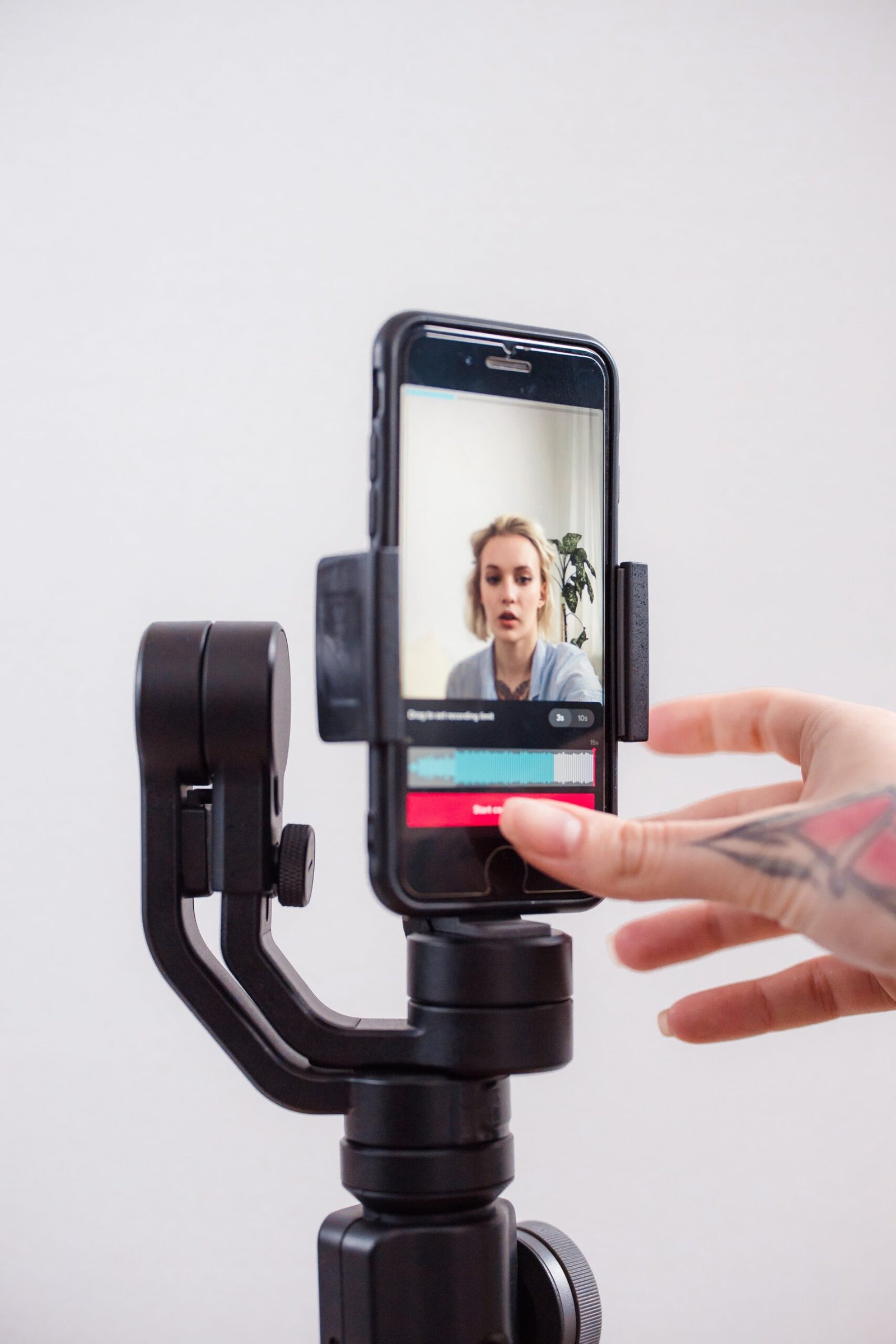
Maintenance
Proper maintenance is crucial for extending the lifespan of your hoverboard. Regular maintenance ensures that your hoverboard remains in optimal condition and helps prevent potential issues down the line. Let’s explore some key aspects of hoverboard maintenance.
Cleaning
Regularly cleaning your hoverboard helps to remove dirt, dust, and debris that can accumulate on its components. Use a damp cloth or a mild cleaning solution to wipe down the hoverboard, paying special attention to the wheels, frame, and footpads. Cleaning not only keeps your hoverboard looking good but also prevents debris from interfering with the moving parts and causing premature wear.
Tire Pressure
Maintaining proper tire pressure is critical for both performance and longevity. Overinflated or underinflated tires can lead to uneven wear, reduced traction, and even damage to the wheels. Check the recommended tire pressure specified by the manufacturer and use a pressure gauge to ensure your hoverboard’s tires are adequately inflated. Regularly inspect the tires for any signs of wear or damage and replace them if necessary.
Battery Care
Taking proper care of the battery is essential for maximizing its lifespan. Avoid completely draining the battery and regularly recharge it instead. Leaving the battery fully discharged for extended periods can lead to irreversible damage. Additionally, store the hoverboard and its battery in a cool and dry place to prevent exposure to extreme temperatures or moisture, which can also harm the battery.
Environmental Conditions
The environment in which your hoverboard is used and stored can significantly impact its lifespan. Let’s take a closer look at some of the key environmental factors to consider.
Temperature
Extreme temperatures, both hot and cold, can have adverse effects on a hoverboard’s components, including the battery. High temperatures can accelerate battery degradation and reduce its overall performance and lifespan. Similarly, freezing temperatures can lead to reduced battery capacity and potential damage to other components. It is advisable to avoid using or storing your hoverboard in extreme temperature conditions to ensure its longevity.
Moisture
Moisture and hoverboards do not mix well. Water damage can cause irreversible harm to the internal components and lead to a shorter lifespan. Avoid riding your hoverboard in rainy or wet conditions, and always store it in a dry place. If your hoverboard does get wet, promptly dry it thoroughly to prevent any moisture from causing damage.
Exposure to Sunlight or UV Rays
Continuous exposure to direct sunlight or UV rays can cause fading, discoloration, and even degradation of certain materials used in hoverboards. Over time, this can impact the overall appearance and structural integrity of your hoverboard. Whenever possible, store your hoverboard in a shaded or indoor area to minimize prolonged exposure to sunlight.
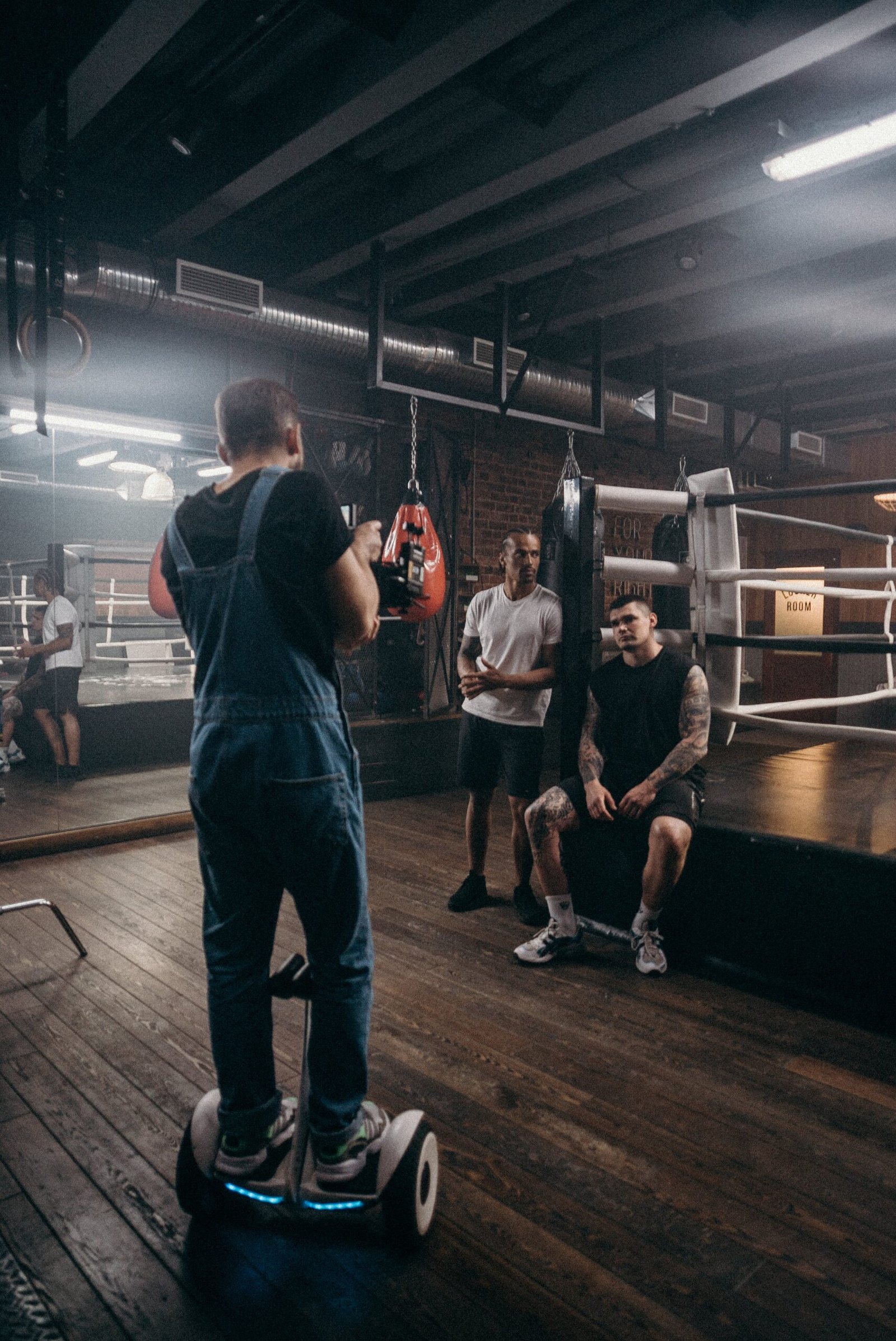
Signs of a Failing Hoverboard
Knowing the signs of a failing hoverboard can help you identify issues and address them promptly. Here are a few common signs to watch out for:
Decreased Battery Life
If you notice a significant decrease in the battery life of your hoverboard, it may be an indication that the battery is wearing out. As batteries age, their capacity and overall performance tend to diminish.
Unusual Noises
Strange or excessive noises coming from your hoverboard, such as grinding or rattling sounds, may indicate issues with the motor, wheels, or bearings. Anomalies in sound should be investigated and addressed to prevent further damage.
Intermittent Power Shut-offs
If your hoverboard powers off intermittently while riding, it could be a sign of electrical or connection issues. This can be potentially dangerous and should be evaluated by a professional technician.
Tips to Extend the Lifespan of a Hoverboard
To prolong the lifespan of your hoverboard, consider implementing these tips:
Invest in a Quality Hoverboard
Choose a hoverboard that is made by a reputable manufacturer and features high-quality components. While the initial cost may be higher, a quality hoverboard is likely to last longer and provide a better overall experience.
Follow Manufacturer’s Guidelines
Always follow the manufacturer’s guidelines regarding usage, maintenance, and storage. These guidelines are designed to optimize the lifespan and performance of your hoverboard, so it is important to adhere to them.
Avoid Extreme Conditions
Minimize exposure to extreme temperatures, moisture, and prolonged sunlight. These conditions can significantly impact the lifespan of your hoverboard.
Perform Regular Maintenance
Regularly clean your hoverboard, maintain the proper tire pressure, and take care of the battery. Performing routine maintenance helps ensure that your hoverboard remains in optimal condition and extends its lifespan.
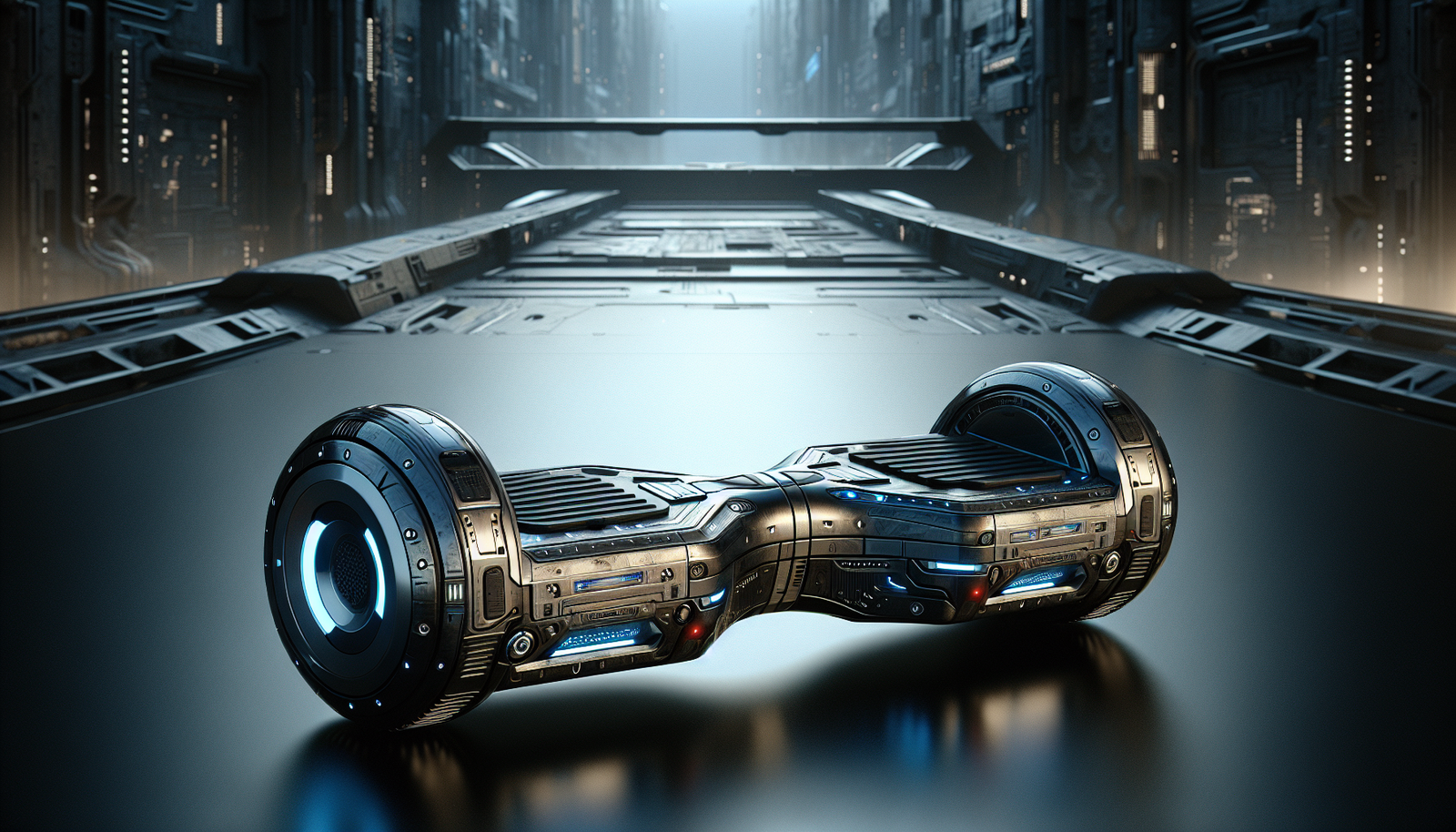
Conclusion
In conclusion, the lifespan of a hoverboard is influenced by several key factors. The quality of its components, the frequency of use, the terrain it is ridden on, the maintenance it receives, and the environmental conditions it is exposed to all play significant roles. By investing in a hoverboard with high-quality components, using it judiciously, riding on suitable terrains, performing regular maintenance, and avoiding extreme conditions, you can prolong the lifespan of your hoverboard and enjoy it for years to come. Remember to always pay attention to any signs of a failing hoverboard and address them promptly to prevent further damage. With proper care and maintenance, your hoverboard can provide you with countless hours of fun and transportation.

